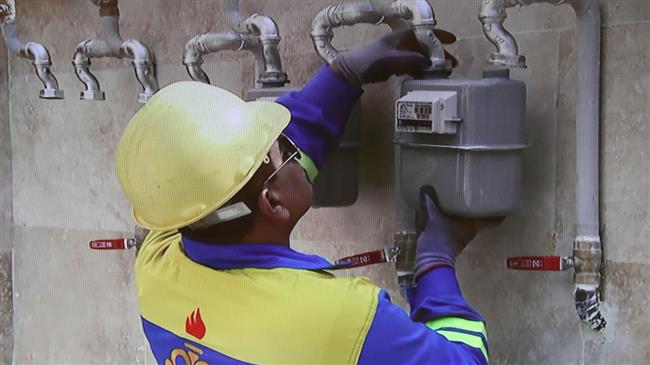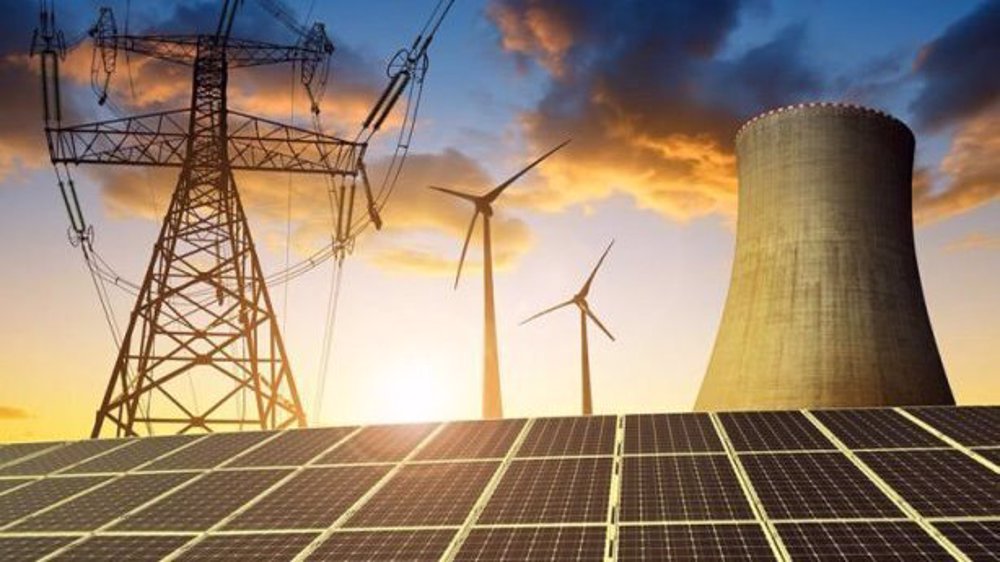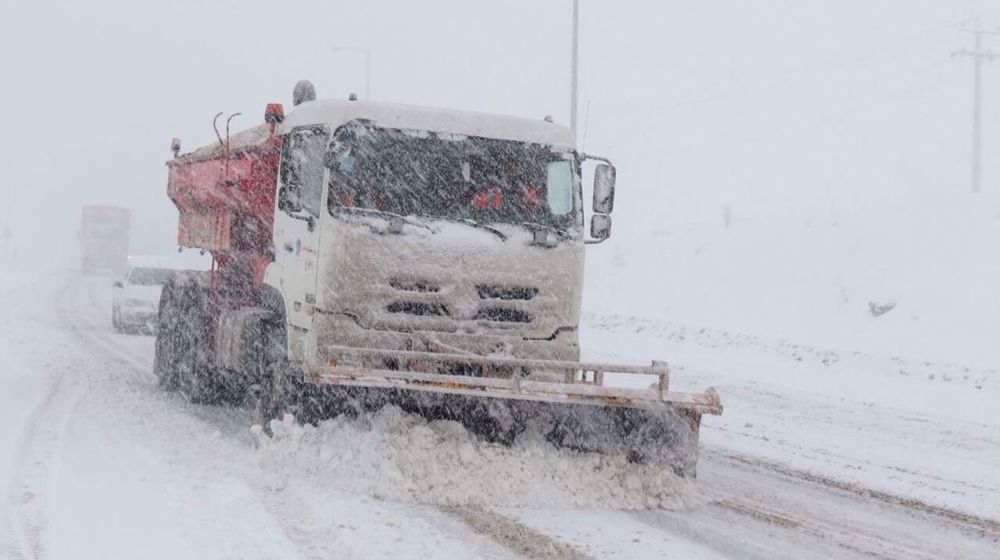Iran links more villages to its massive gas network
Iran has expanded its massive natural gas network to cover more villages and towns across the country as authorities defend the supply of gas to people in the countryside as economical.
A total of 2,809 villages and 21 cities were connected to the Iranian natural gas pipeline network on Thursday as part of petroleum projects rolled out virtually by President Hassan Rouhani.
The projects also included the supply of gas through pipelines to 4,664 industrial units in Iran as well as the launch of four major pumping stations to boots pressure of the network in two populated provinces in the south.
Iran’s Oil Minister Bijan Namdar Zanganeh said during the inauguration ceremony that natural gas is now accessible through pipelines to 95.1% of Iran’s population of more than 85 million.
He said the number of villages connected to the natural gas network had more than doubled in eight years to nearly 35,000.
Zanganeh defended piping gas to hard-to-reach regions of Iran, saying studies by energy authorities show it is more economical than burning gas to supply electricity to households living in the countryside.
“We studied all these options before launching any project in 2013 ... the result of these studies said that supplying gas through pipelines is $2,000 more economical per each customer,” Zanganeh said.
Iran has the world’s largest natural gas pipeline network as gas penetration rate has reached 98.4% and 84.6% for urban and rural households, respectively.
Zanganeh said that Iran had benefitted around $26 billion from replacing 58 billion liters of various types of fuels with natural gas in the past in eight years.
Mother’s Day: Sareh Javanmardi’s inspiring journey as Paralympic champion and mother
Russia downs over 40 Ukrainian drones as Putin vows 'destruction' on Kiev
VIDEO | Yemen: A bone in Israeli neck
D-8’s role in Iran’s economy after Cairo summit
China slams US as ‘war-addicted’ threat to global security
China ‘firmly opposes’ US military aid to Taiwan
VIDEO | Press TV's News Headlines
President Yoon Suk Yeol to be removed from office











 This makes it easy to access the Press TV website
This makes it easy to access the Press TV website